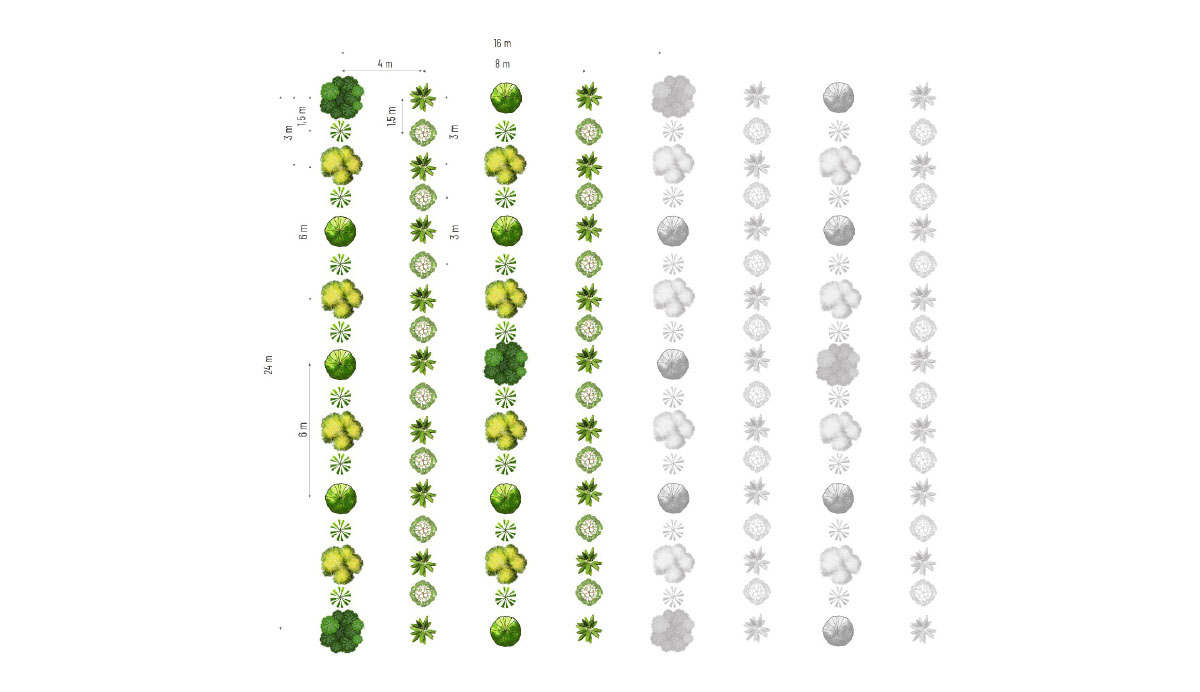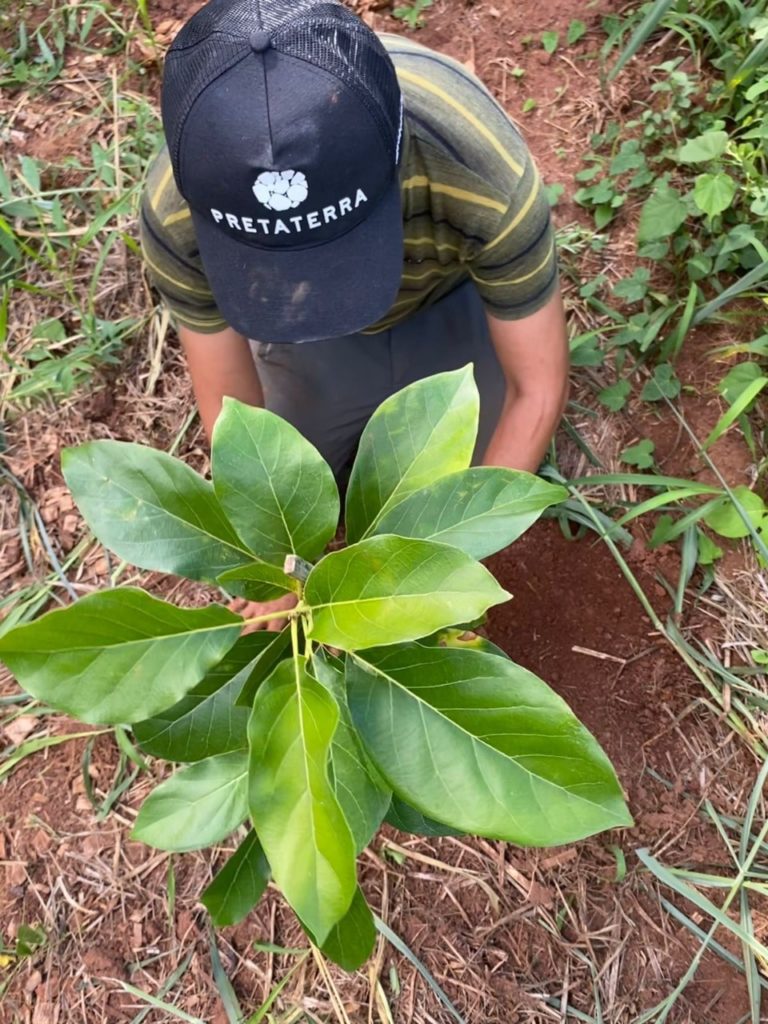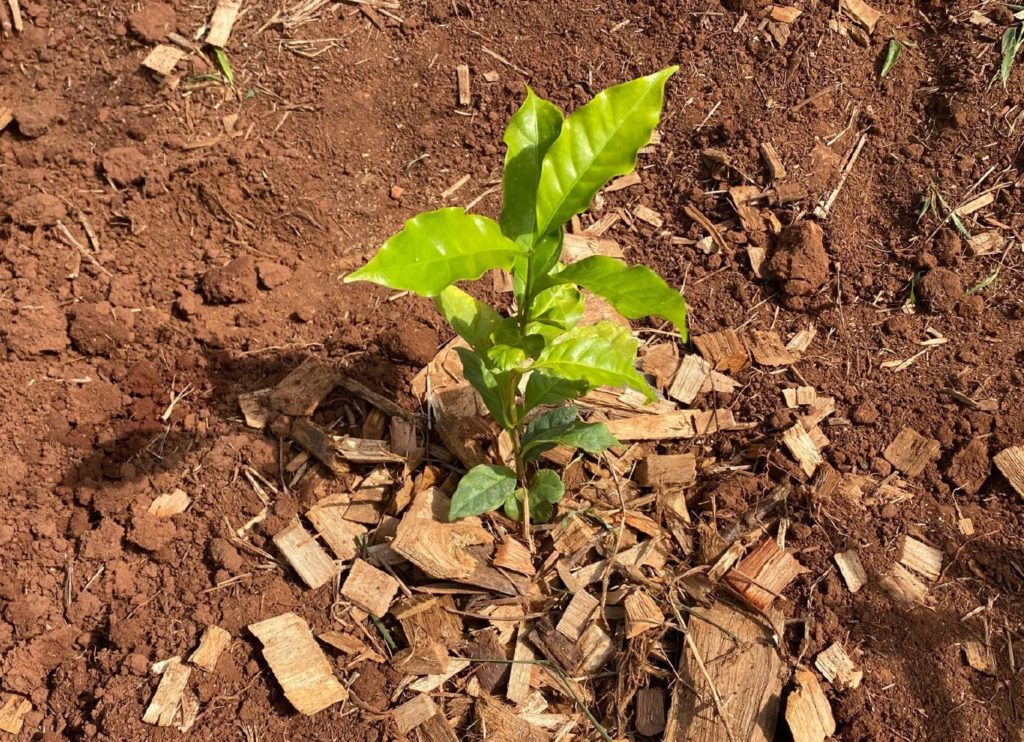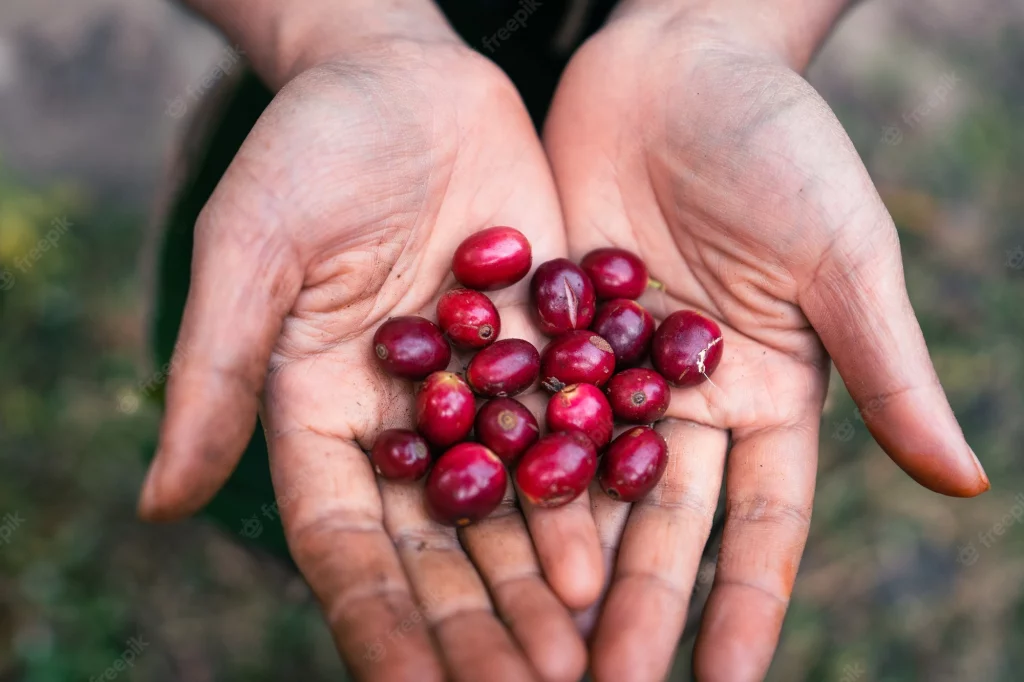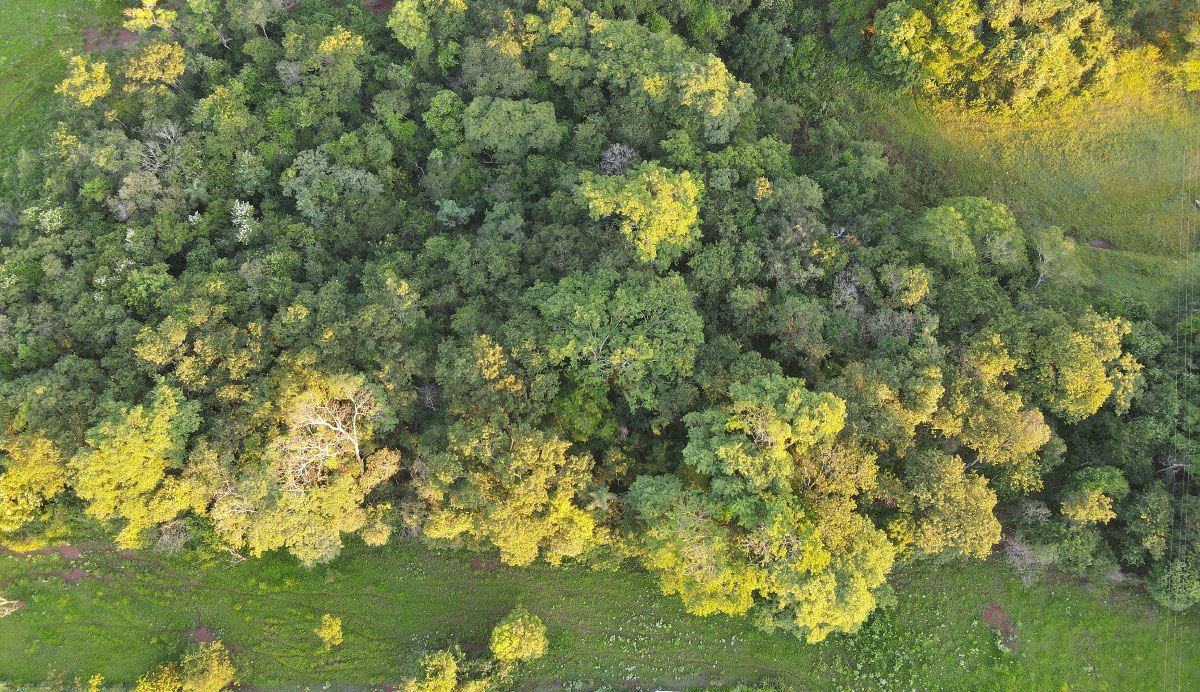
In our Agroforestry project in the Atlantic Forest, which is known for its pilot phase in Timburi , we are implementing five different agroforestry systems: coffee conversion, agroforestry coffee, fruit, silvopastoral and restoration.
In this series of posts, we will explain each of these systems, starting with SAF Frutas, which focuses on the production of avocado, a species chosen for its regional suitability for this crop and its potential for expansion. Thus, the objective with this system is also to diversify avocado monocultures by including long and medium cycle wood species, dual-purpose service species and for biomass production.
What is the logic of the system?
At SAF Frutas, we have tree lines alternating with service lines. In the tree line, long-cycle native timber species are spaced 24 meters apart, and between them, wide-crowned fruit species, such as avocado, are interspersed with medium-cycle exotic timber trees. Service species for biomass production that will undergo pruning in the first years also occupy this line. The service lines have dual-purpose species, that is, in addition to nutrient cycling and biomass production, they also generate non-timber forest products, in this case, fruits and spices (banana and pink pepper). The idea is to focus on existing markets in the region, but also to look at the potential, always thinking about the economic resilience of the producer, who will achieve a faster return from the dual-purpose service species.
